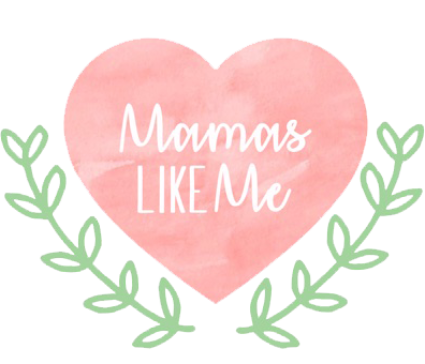Finding out that your kid needs braces can be overwhelming and confusing both for a parent and the child. But braces are not that intimidating if you’re properly informed. Parents are often wondering why their children need braces in the first place. If the kid’s teeth have no cavities and they brush them regularly, why do they need braces? Well, simply because braces are not meant just to straighten up crooked teeth, they help realign the jaw, correct over/under bites and generally prevent future dental issues. As a parent, you’re asking yourself, how will the other kids react? Will they accept them or make fun of your child? Your child is asking the same questions too, so it’s up to you to give them support.
When To Start
A question often asked by parents is – when is it appropriate to start wearing braces. By some opinions, a child shouldn’t have to have them before the age of twelve. Until that age, all the primary teeth are gone and molars have partially erupted. Treatment with braces is basically quite a simple one, but if braces are placed over some remaining baby teeth, the process can be prolonged. Some kids have more serious dental issues and they have to have braces before the age of twelve. Those are severe overbites, impacted canines or crowding.
Where To Go
If you noticed that there’s a problem with your kid’s teeth, you shouldn’t ignore it. Maybe it’s not an immediate health issue, but it can cause future problems. The best way to start treatment is to visit an orthodontist who will give you professional help. Choosing an orthodontist is a very serious thing because it is a commitment for several years. You as a parent know your child, and their habits, the best, so don’t be afraid to search for a second or third opinion. It’s probably the best to ask family dentist first because they’re the one who is familiar with your kid’s medical history. Taking into account your child’s age, health and dental hygiene the orthodontist will advise you on the braces most suitable for your kid.
Types Of Braces
Metal braces are something that most of us have imprinted in our minds. As parents, we don’t want our kid to look like “metal mouth” and be bullied for it. But modern brackets are smaller and have heat activated wires that help teeth move in a less painful way. Mental braces also have colored bands that give your kid chance to express themselves. They’re the least expensive but most noticeable. Ceramic braces are less visible, because they have tooth colored or clear brackets but they are more expensive and can easily stain if the patients don’t take good care of them. Lingual braces are invisible from the outside but they are the most difficult to clean, can be uncomfortable at first; they are more expensive and not appropriate for some cases. So before choosing, be sure to get a good advice from the doctor. You should also prepare your kid for all options and make sure that they realize commitment and necessity of this procedure.
Fashion Statement
As a skillful parent, you can make sure that even braces can be a kind of fun. Nowadays, wearing braces is a very common thing, in some cases even a fashion statement. The percent of teens wearing braces increased significantly in recent years, so there is almost no bullying connected to this issue. Some of the teens even want to wear fake braces because their friends or idols do. It’s even common to see an adult wearing them. So, if you didn’t wear them when you were supposed to, the best way to show support is to do it now, together with your kid.


